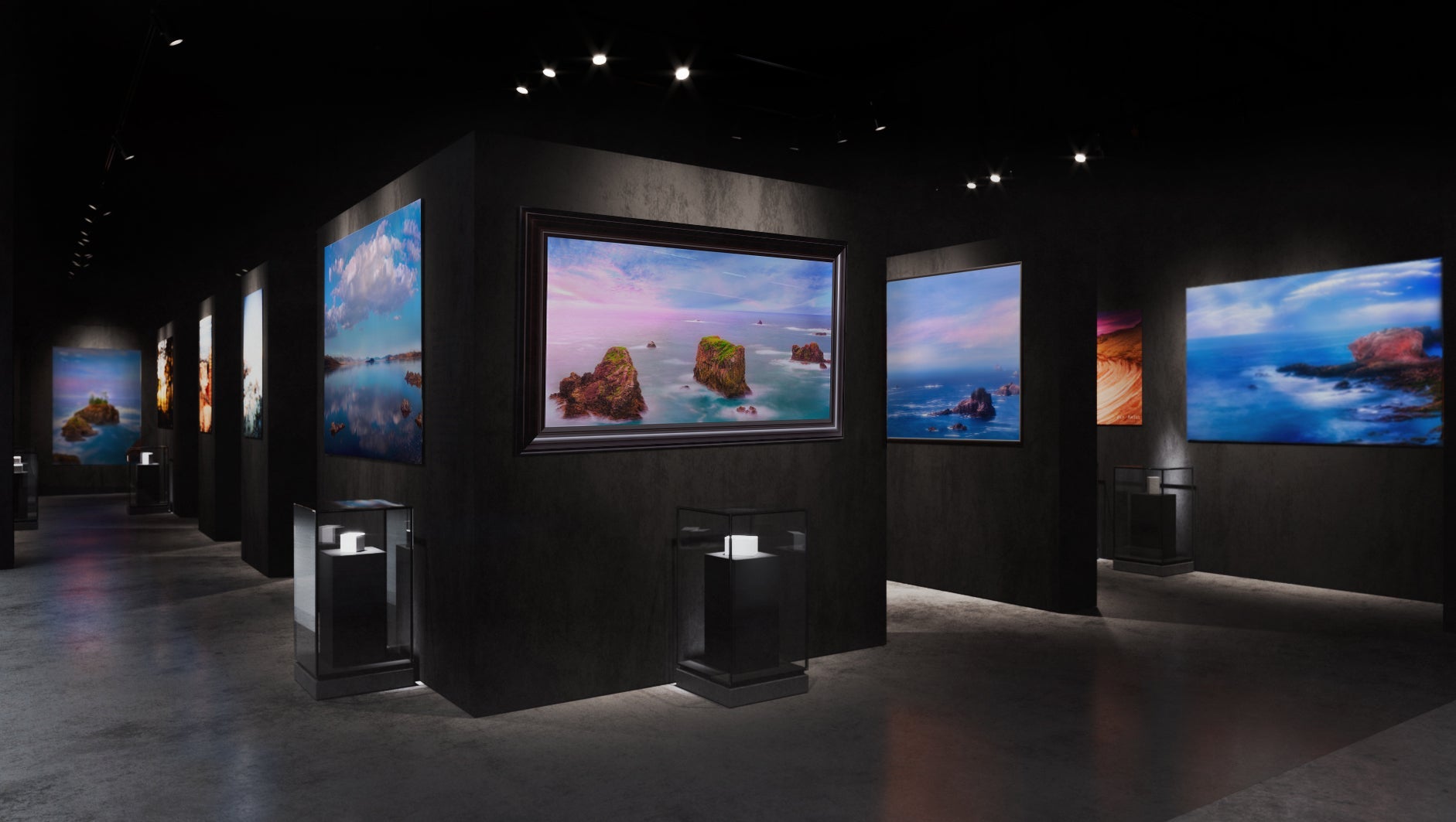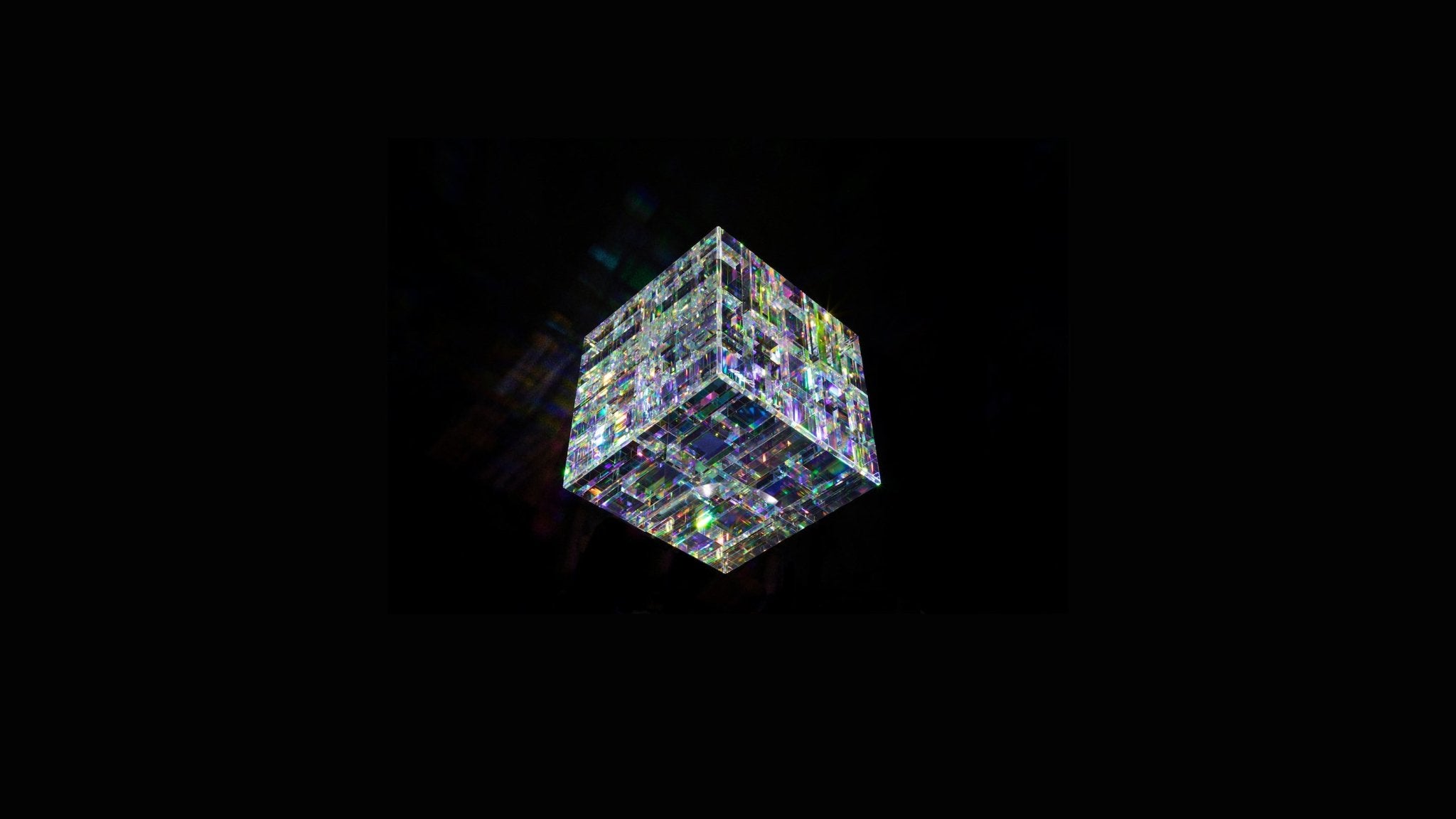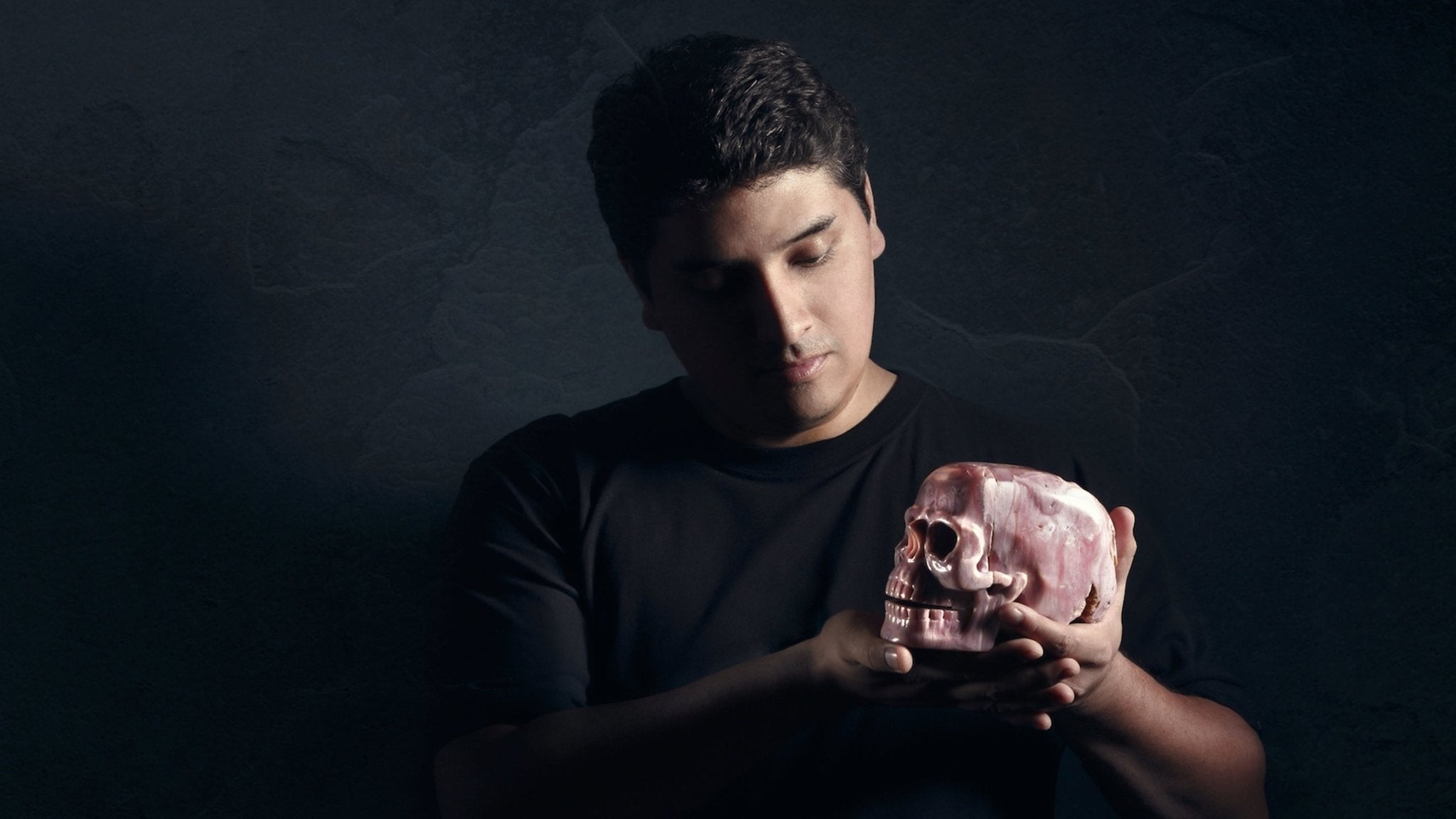The Evolution of Art: From Painting to Fine Art Photography and Digital Art
Art has always reflected human creativity and expression, evolving over time as technology and society change. From traditional painting to the emergence of Fine Art Photography and digital art, the art world has significantly transformed in recent years.
Painting, which dates back thousands of years, has long been considered one of the most revered forms of artistic expression. The old masters have left an indelible mark on the art world with their iconic paintings. The meticulous use of colors, brushstrokes, and textures in paintings has captivated audiences for centuries, creating timeless masterpieces that are still celebrated today.
However, with the advent of modern technology, new forms of artistic expression have emerged. Fine Art Photography has gained prominence as a recognized art form that combines technical expertise with artistic vision. Photographers like Ansel Adams, Henri Cartier-Bresson, and Annie Leibovitz, and nowadays leaders like Peter Lik and Alex Wellborn, have pushed the boundaries of photography as an art form, capturing stunning visuals with their lenses and creating narratives through their images.
Fine Art Photography is characterized by its emphasis on aesthetics, composition, and storytelling. Photographers use their technical skills to capture moments, emotions, and visual elements in a way that goes beyond mere documentation. Fine Art Photography often involves careful planning, conceptualization, and post-processing techniques to create images that convey a sense of artistry and evoke emotions.
Digital art is another form of artistic expression that has gained momentum in recent years. With advancements in technology, artists can now create digital artworks using digital tools, software, and techniques. Digital art offers new possibilities in terms of creativity, interactivity, and accessibility. Digital artists can manipulate images, create virtual worlds, and experiment with various forms of media, opening up new frontiers in the art world.
One of the unique aspects of digital art is its ability to challenge traditional notions of art. Digital artists can break free from the constraints of physical mediums, experimenting with new ideas, techniques, and concepts. Digital art also allows for easy reproduction and distribution, making it accessible to a wider audience through online platforms and social media.
The evolution of art from traditional painting to Fine Art Photography and digital art has also raised questions about the definition and value of art. Some purists argue that traditional mediums like painting hold a unique significance in the art world, while others embrace the versatility and democratization of digital art. As technology continues to advance, the art world is likely to see further evolution and innovation, with artists pushing the boundaries of what is possible.
In conclusion, art has evolved significantly over time, from traditional painting to the emergence of Fine Art Photography and digital art. Each form of artistic expression offers unique opportunities for creativity, aesthetics, and storytelling. As technology continues to shape the art world, artists will continue to explore new possibilities and challenge traditional notions of art, creating a rich and diverse landscape of artistic expression.







